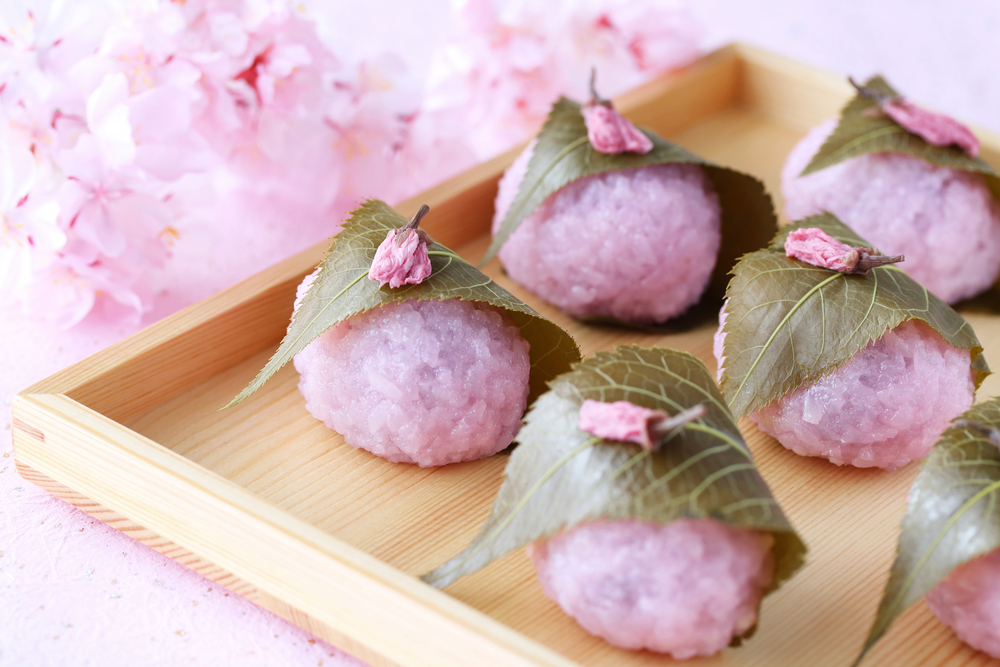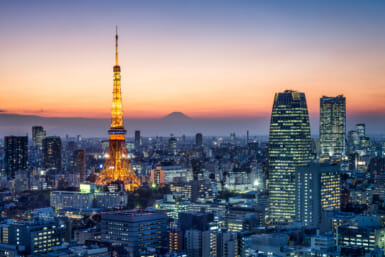Japan is a country that values the changing seasons. And with those seasons comes waves of seasonal foods to mark the occasion. Look no further than the vibrant drinks at Starbucks or the vast array of flavored KitKats that have become so famous. But, a new season also means new fresh foods and produce that boast more health benefits than certain coffee-adjacent beverages.
Spring is here and with it comes a whole pallet of uniquely Japanese flavors to try.
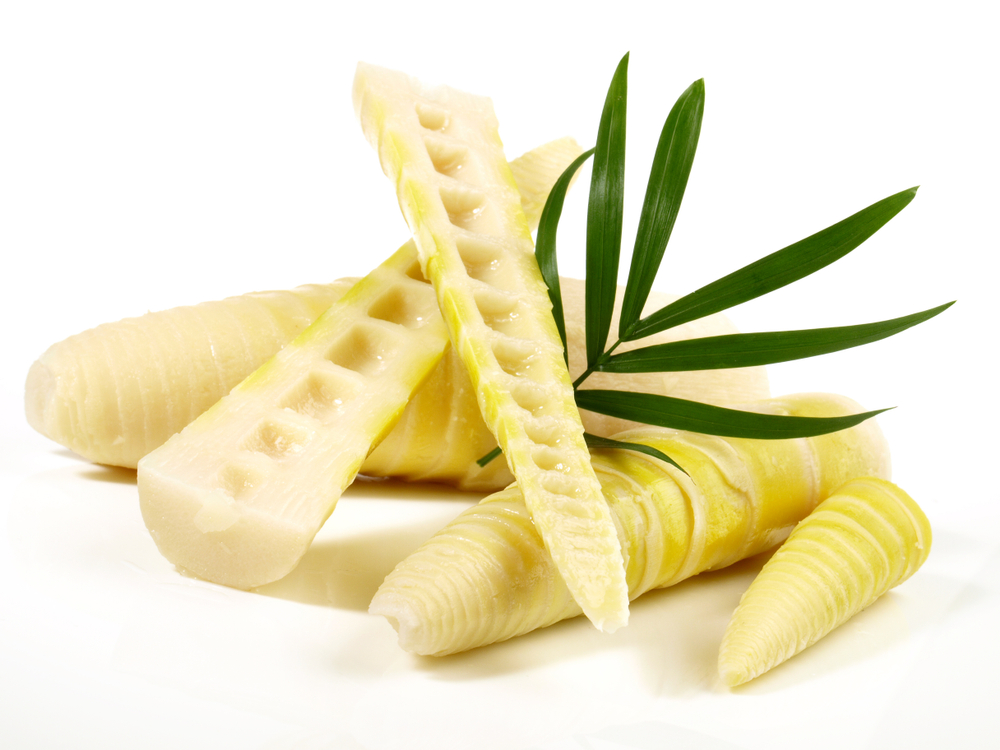
Food Impressions / Shutterstock.com
Bamboo
Take a moment and imagine spring. What is the first food that comes to mind? Bamboo? No? Well, maybe not unless you’re Japanese but here bamboo shoots are synonymous with spring. Beyond being just a staple food group of the ever popular panda, bamboo shoots are jammed full of healthy nutrients.
Mixing in bamboo with your diet can help prevent cramping, lower blood pressure and strengthen bones. This is from the potassium content, which is roughly the same as a banana, but with the added benefit of bamboo containing less than half of the calories.
Bamboo is also high in fiber which will keep you satiated longer without excess snacking. If you’re up for a cooking adventure, you can get fresh or per-prepared bamboo shoots at most groceries stores. If you aren’t particularly feeling your inner chef though, you can usually get your hands on bamboo-rice at convenience stores this time of year without a struggle.
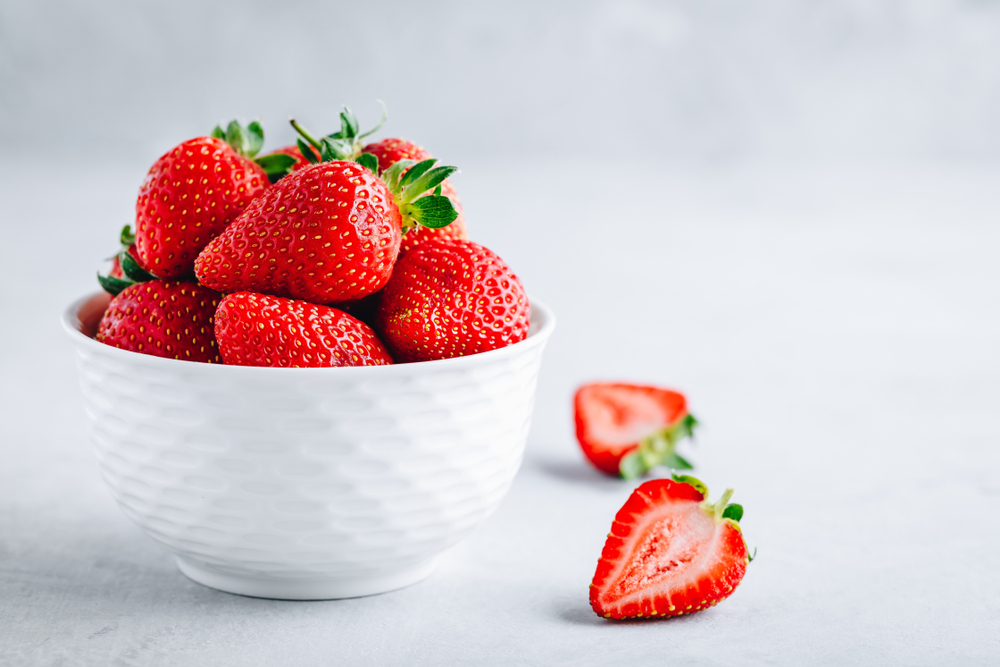
Ekaterina Kondratova / Shutterstock.com
Strawberries
The end of winter marks the start of strawberry season in Japan. While an apple a day may keep the doctor away, a fistful of strawberries may be just as good, albeit less marketable.
Strawberries contain decent amounts of Vitamin-C, Manganese and Potassium. Even if you aren’t a scurvy risk, vitamin-C is good for your immune system whether it’s been weakened by stress or illness. It also helps prevent wrinkles.
Manganese can help with cramps, anxiety and healthy sleep patterns. It’s hard to not find strawberries in spring. But, if you’re in a more luxurious mood Tochiotome strawberries from Tochigi are famous for being especially decedent. You can also turn your craving into an outing and visit Tochigi in person to pick them right off the vine.
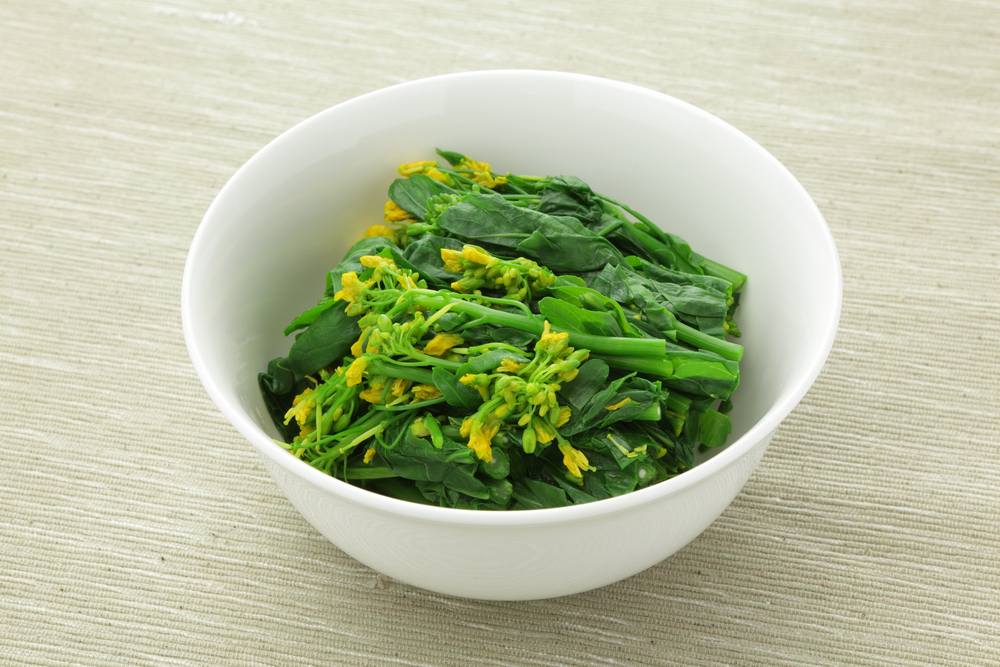
haru / Shutterstock.com
Nanohana
One spring food that has mostly flown under the radar of western cultures is nanohana, or flowering rapeseed. This healthy plant is related to mustard and has a similar taste and texture to its greens.
Nanohana contains calcium, iron and C and B vitamins. These will help with skin health, immunity, blood pressure, cramps and anemia. If you eat these, or other leafy greens, as part of a larger meal cooked with healthy oils you can expect even more of these benefits. If you’d like to try the freshest available, Chiba is well known for growing nanohana. You can also find it in most markets and greengrocers especially around spring time.
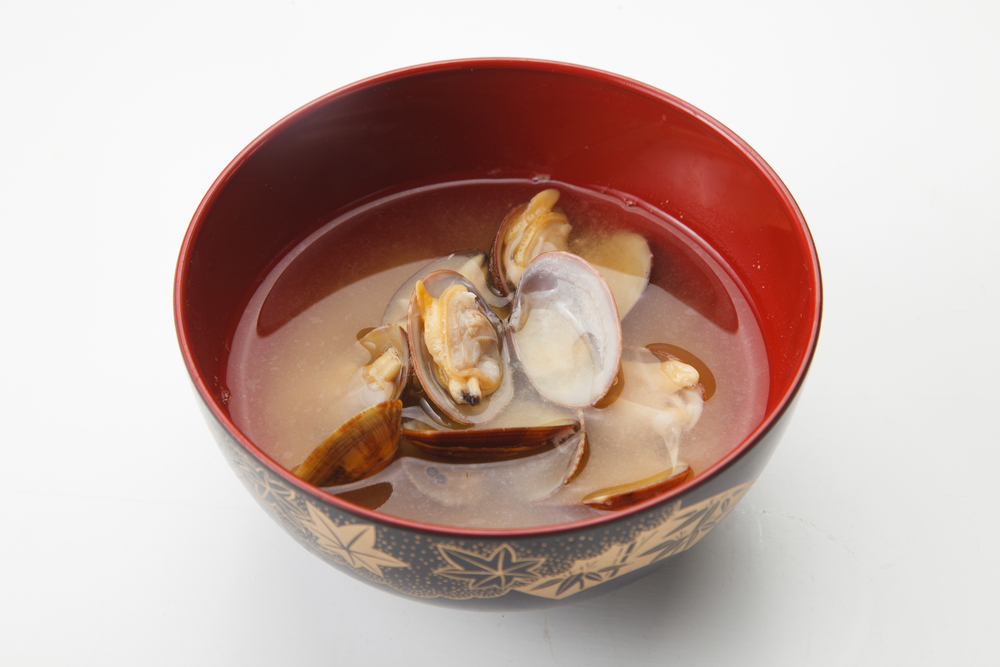
sasaken / Shutterstock.com
Clams
Taking a step away from the produce aisle, Japanese spring is known for clam digging. Clams, like other fishy friends, are known to be good sources of lean protein and healthy omega-3 fats which are important to a balanced diet.
They also contain good amounts of vitamin B12 and Iron which help keep blood healthy. If you want that fresh out of the sea flavor, Aichi Prefecture is the place to be. If that’s too far out for your tastes try a visit to a local fish market. As with most in season products, supermarkets will likely have you covered too.
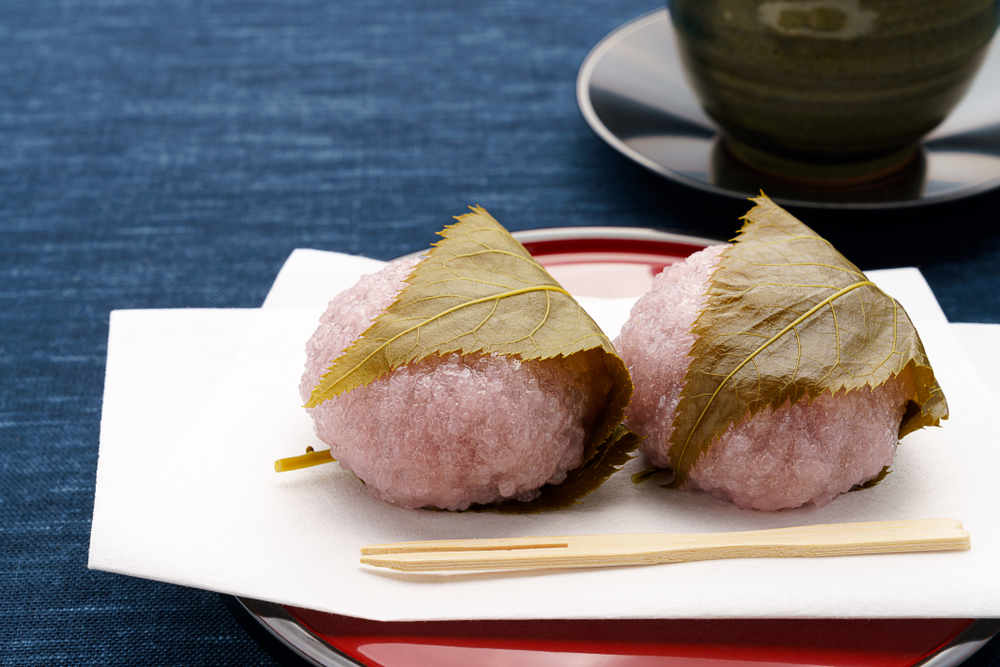
Wako Megumi / Shutterstock.com
Sakura Mochi
While spring is considered a colorful season, Japan paints it one shade. Pink. This is, of course, because of the ubiquitous sakura trees. Sakura mochi is perhaps the food that most captures the aesthetic of Japanese spring.
What could possibly say “it’s spring” more than harnessing the power of vibrant petals to en-pinken otherwise non-seasonally attributed foods? Sakura mochi is for sure a dessert food making it not the healthiest option. But, if you must indulge you could certainly do worse than Japanese traditional sweets.
All things considered, they are typically much lower in calories and sugar than Western desserts and will most certainly scratch those sweets cravings. You can find these at pretty much any festival focusing on cherry blossoms all over Japan.
Feature photo: nana77777 / Shutterstock.com

